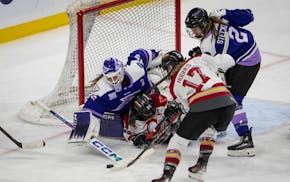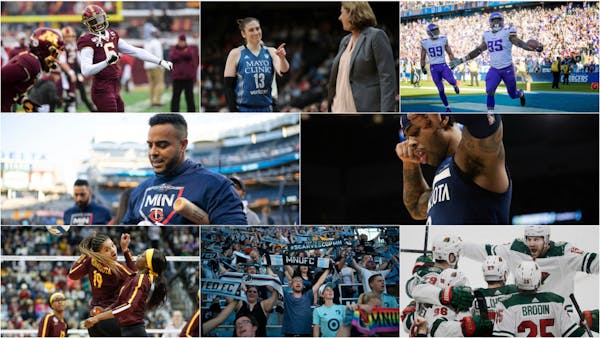A practice-only sports season that defers playing games until spring. Playing a 20% to 30% shorter schedule. Deferring the season entirely and somehow wedging it in without butting up against traditional spring sports.
Those are three of four fall-sports scenarios being considered by a Minnesota State High School League task force aimed at fashioning return-to-play recommendations amid the COVID-19 pandemic.
The fourth option — holding a traditional season that starts on time — also will be among the recommendations the MSHSL will consider when its board meets next Tuesday.
Not on the list of options: Wholesale flipping of fall and spring sports seasons.
League officials provided a high-level summary of the work of its back-to-participation task force for about 345 school officials in a virtual meeting Thursday morning.
''We're trying to find a way to play every sport we offer in the fall during the [2020-21] school year," said Bob Madison, high school league associate director. Fall sports include football, soccer, volleyball, cross-country, girls' tennis, girls' swimming and diving and adapted soccer.
A few hours later, Gov. Tim Walz made the return of fall sports even trickier. He announced plans for resuming school this fall that include giving local school districts a measure of flexibility in their individual reopening decisions, to best deal with the spread of COVID-19 in their communities.
That raises the likelihood of schools that compete in sports being in varying stages of in-school or distance learning, which could affect participation levels and what sports, if any, would field teams.
"That makes our planning really challenging as well," high school league Executive Director Erich Martens told school officials in the meeting.
On top of that, there isn't much time. The league plans to vote on recommendations at its board meeting Tuesday. Fall sports practice is scheduled to start Aug. 17, with a few football teams starting as early as Aug. 10.
States across the country are dealing with the same time pressures. Just this week, Illinois became the 24th state to delay fall sports and the seventh to push football to the spring.
Officials said the task force's four options will cover all 43 sports and activities under the league's purview, which extends to 240,000 students at 500 member schools.
"We still have to plan for interruptions. We know schools are going to experience COVID," Madison said in an interview. "Their seasons are going to be interrupted."
Of the task force options, the shortened season is envisioned if a fall sport can't start on time. The practice-only approach for a fall sport envisions resuming practice and playing games in the spring.
The option of deferring an entire sport to spring would also need to avoid competing with traditional spring sports. "We do not want students' choices [for playing sports] competing against each other," Madison said.
That could involve being "as creative as possible," Madison said, including reducing seasons to make room for a new one. He noted that some spring tournaments already go well into June, after the academic school year has ended.
The task force, formed on July 14, is expected to complete its work Friday. After review this weekend by the league's sports medicine advisory committee, the recommendations go to a board workshop meeting on Monday and full board consideration on Tuesday.
The league also expects to hear from another task force, also created at the July board meeting, charged with looking at how to shift the league's financial model away from state tournaments, which provide up to 80% of its $9 million annual budget, and seek more from schools.
The league is projecting a $3.2 million budget deficit if fall and winter sports are canceled. Much of that hit would come from losing the boys' hockey and football tournaments, far and away its most profitable events.
Even if tournaments can be held, Martens said he received "no indications" from state health officials that "the limitations on crowd size are going to diminish at all."
Said Madison: "Things like state tournaments as they looked like last fall are going to need to look different."
When league officials met Monday with state education and health department leaders, they were advised to stay flexible and nimble.
"We cannot predict where we're going to be six months down the road," Martens said. "We can't even predict where we're going to be one month down the road. But we need to prepare for it, we need to look at options and we need to be flexible to make adjustments as we go."
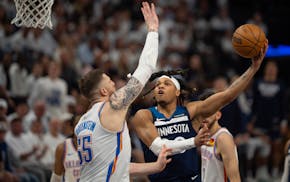
Timberwolves unveil X factor against Oklahoma City
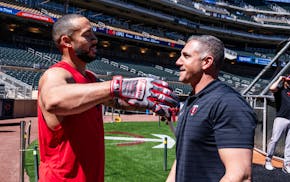
From Fort Myers to Minneapolis, Twins travel guy gets team to the ballpark on time
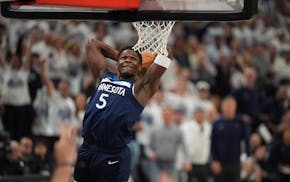
Timberwolves, to borrow a theme from their coach, hit a home run in Game 3 vs. Thunder
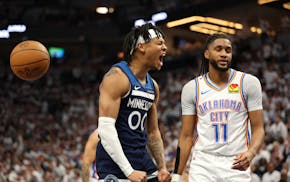
Timberwolves takeaways from Game 3: The game had barely begun and the Thunder were done
